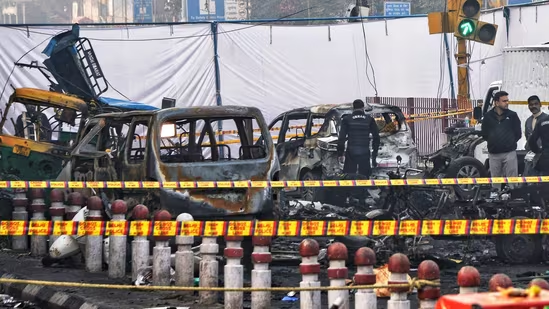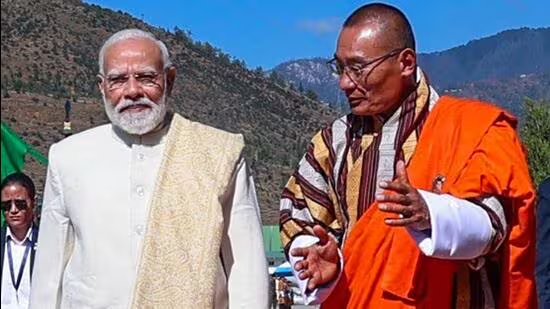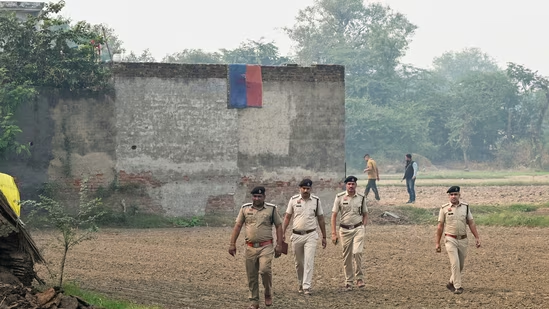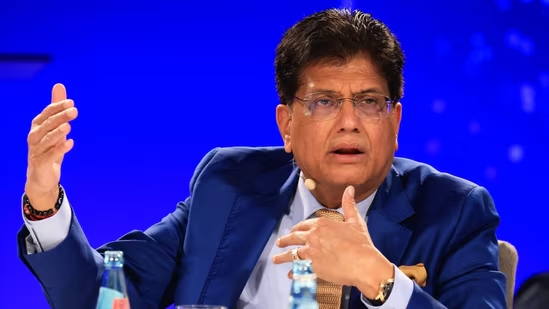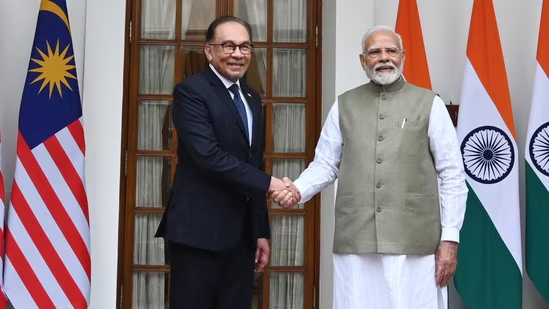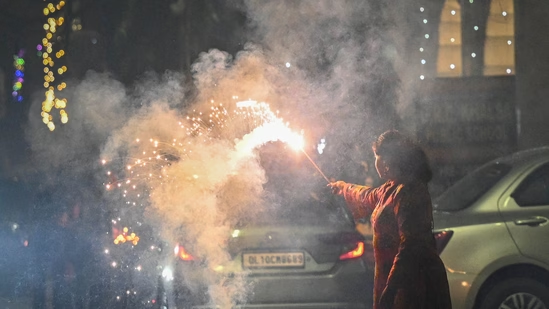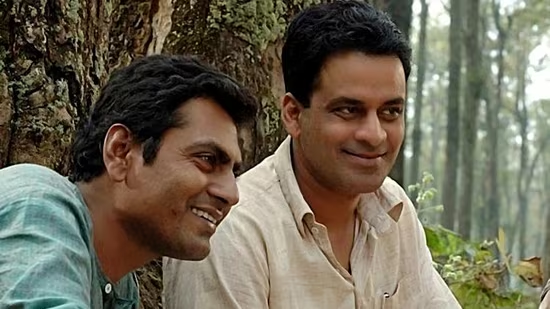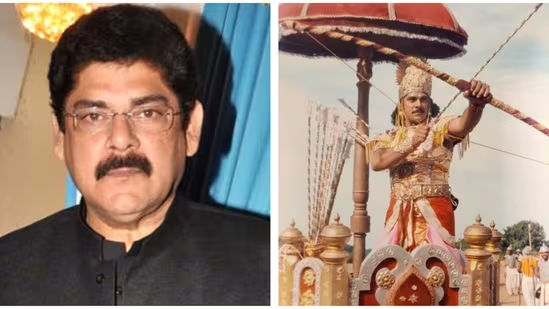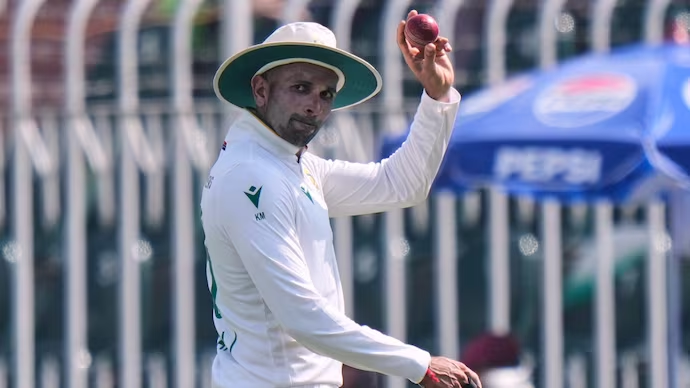Several revelations have come up during the probe into the Delhi Red Fort blast that rocked the national capital on Monday evening.
At least 10 people have been confirmed killed, and 20 others were injured after a high-intensity blast from a slow-moving car ripped through the Red Fort metro station area.
Officials at Delhi’s Lok Nayak Jaiprakash Narayan (LNJP) hospital have indicated that the toll may rise further.
The case has been transferred to the National Investigation Agency for further probe.
The blast came hours after eight people, including three doctors connected to the university, were arrested and 2,900 kilograms of explosives were seized with the uncovering of a “white-collar terror module” involving the Jaish-e-Mohammed and Ansar Ghazwat-ul-Hind and spanning Kashmir, Haryana and Uttar Pradesh.
Delhi Red Fort blast case: 6 key revelations
- Mobile data unveils recce plan –
- Police analysing the mobile dump data of one of the prime suspects in the recently busted white-collar terror module, Dr Muzammil Ganaie, said that he had conducted multiple reconnaissance missions in the Red Fort area in January this year.
2. Al-Falah University under scanner –
- Al-Falah University and its 76-acre sprawling campus in the Muslim-dominated Dhauj village in Haryana’s Faridabad district have come under the scanner following the arrest of three doctors in connection with the “white-collar terror module” and the high-intensity explosion near Delhi’s Red Fort. With educated individuals found to be “acting at the behest of Pakistan-backed handlers”, investigators are scrutinising how the university turned into a safe haven for such individuals.
- Al Falah University vice chancellor Bhupinder Kaur said on Wednesday that the institution has no connection to the doctors arrested in connection with the terror module “apart from them working in their official capacity”.
3. i20 car not parked on university grounds, say cops
- Faridabad Police on Wednesday refuted the claim that the i20 car in which the explosion occurred in front of the Red Fort in Delhi had been at Al-Falah University for the past 10 to 11 days, where Dr Muzammil was working as a physician. The claim made rounds on social media, after which the police said that they do not officially confirm the news.
4. DNA testing conducted –
- Investigators have zeroed in on a doctor based in Jammu and Kashmir’s Pulwama, identified as Umar Nabi, who was allegedly driving the car used in the explosion and had alleged links to the terror module. The Jammu and Kashmir Police on Tuesday took a DNA sample from Nabi’s mother to establish the relation.
5. Red fort blast a panicked explosion –
- Investigators said that the explosion was triggered in panic and desperation after raids by the security agencies across multiple locations in Delhi-NCR and Pulwama to nab suspects believed to be part of the terror module.
- “The suspect was likely spooked after the raid in Faridabad, which forced him to relocate hastily, increasing the chance of a mishap. The incident appears to have shifted from a suspected suicide attack to an unintended explosion during transport,” a senior police officer said.
6. Explosive remains, cartridges found at blast site –
- The forensic experts probing the Delhi Red Fort blast site have found explosives and cartridges from the blast site. According to a PTI report, the Forensic Science Laboratory (FSL) team collected over 40 samples from the blast site near the Lal Quila (Red Fort) Metro Station. These include two cartridges and samples of two different types of explosives. One of the two cartridges found on the site is reportedly live.
